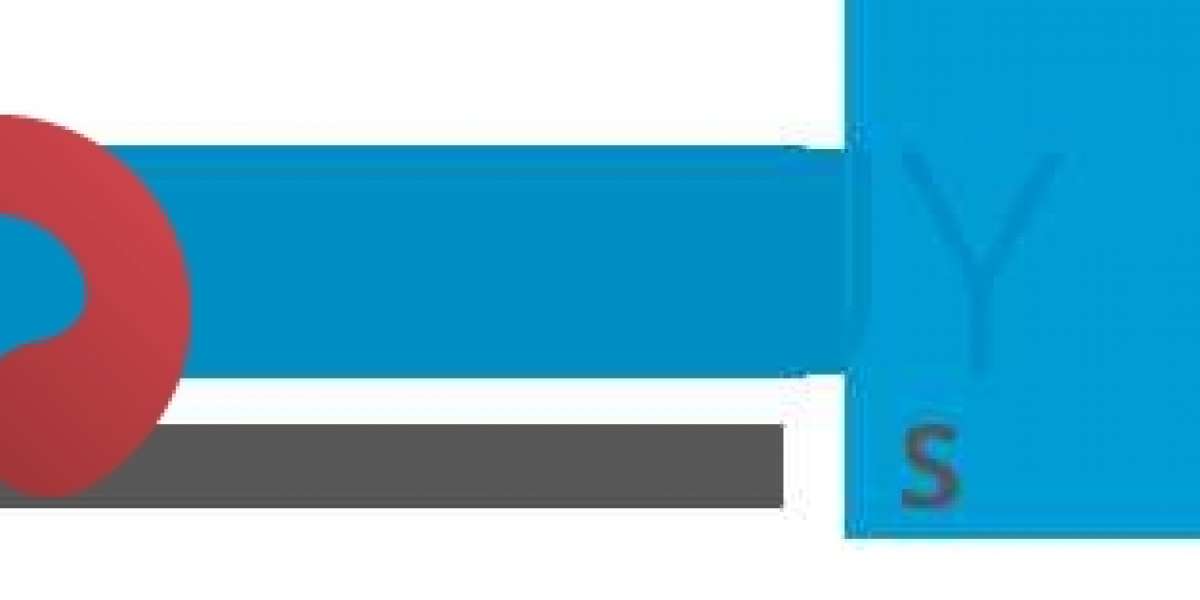The Reactive Red 223 market is a specialized segment within the broader dye and pigment industry, catering to the textile, paper, and other industries requiring vibrant, long-lasting colorants. Reactive Red 223, a synthetic dye, is known for its excellent bonding properties, high fastness levels, and versatility.
Key Growth Drivers
Rising Demand in Textile Industry: The textile industry is the largest consumer of Reactive Red 223, utilizing it to achieve bright, long-lasting red hues in fabrics. The expansion of the textile and apparel market, driven by population growth, rising disposable incomes, and fashion trends, is significantly boosting the demand for Reactive Red 223.
Growth in Home Textiles and Furnishings: Increasing consumer interest in home decor and furnishings, including curtains, upholstery, and bed linens, is driving demand for high-quality dyes. Reactive Red 223 is favored for its ability to produce vibrant and durable colors, making it a popular choice in the home textiles segment.
Technological Advancements in Dyeing Processes: Advances in dyeing technology, including automated and digital dyeing systems, are enhancing the efficiency and quality of dye application. These advancements are reducing waste, improving color consistency, and lowering production costs, supporting the increased use of Reactive Red 223.
Expansion in Paper and Packaging Industry: Reactive Red 223 is used in the paper industry for coloring and printing applications. The growth of the paper and packaging industry, driven by increasing demand for printed materials and packaging solutions, is contributing to the rising consumption of Reactive Red 223.
Request Sample Copy of: https://www.wiseguyreports.com/sample-request?id=565871
Challenges
Despite its growth potential, the Reactive Red 223 market faces several challenges that need to be addressed for sustained development.
Volatile Raw Material Prices: The production of Reactive Red 223 depends on the availability and cost of raw materials, which can be volatile. Fluctuations in raw material prices can impact manufacturing costs and profitability. Efficient supply chain management and strategic sourcing are crucial to mitigate these risks.
Environmental and Health Concerns: The dyeing process, including the use of Reactive Red 223, can pose environmental and health risks due to the chemicals involved. Ensuring safe handling, disposal of waste, and adherence to environmental regulations is essential to address these concerns and maintain market acceptance.
Competition from Alternative Dyes: The Reactive Red 223 market faces competition from other types of dyes and pigments that offer different properties and benefits. Manufacturers need to emphasize the unique advantages of Reactive Red 223, such as its color fastness and environmental compliance, to maintain its market position.
Future Prospects
The Reactive Red 223 market is expected to experience continued growth, driven by several key trends and developments.
Sustainability and Eco-Friendly Solutions: The increasing focus on sustainability and eco-friendly manufacturing practices is expected to drive demand for Reactive Red 223. Development of environmentally friendly dyeing processes and the use of renewable resources are likely to enhance the market's appeal.
Technological Innovations in Dye Formulations: Continued research and development efforts in dye chemistry and formulations are expected to lead to the creation of advanced dyes with improved properties. Innovations such as higher fastness levels, lower environmental impact, and enhanced application techniques will support market growth.














